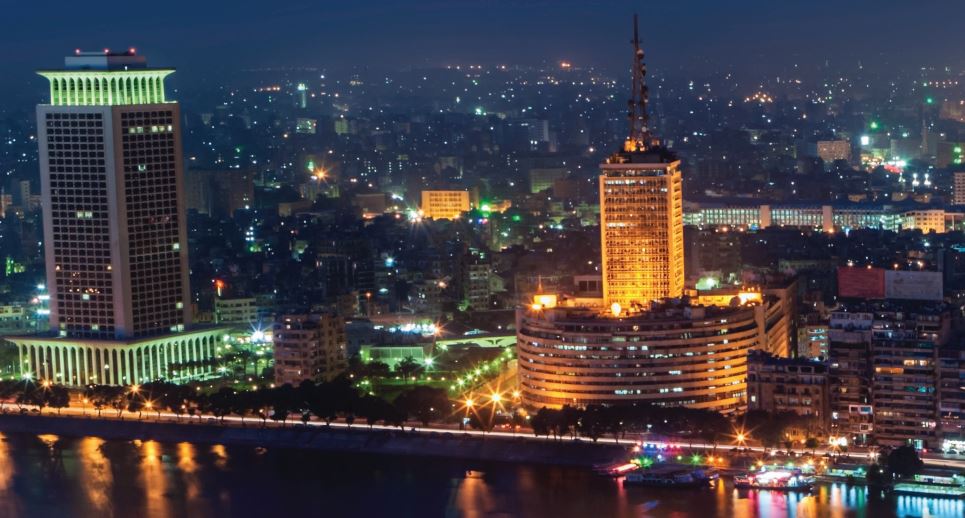
A recent report by the Mauritius Commercial Bank Group has
revealed that poor transport networks and logistical infrastructure are among the
key hindrances to intra-Africa trade.
The report, dubbed Harnessing
Africa’s Trade Potential: Strategies for Sustainable Growth highlights the
region’s trade opportunities and structural challenges.
According to the report, shipping a container from Mombasa
to Kampala can cost more than shipping it from China to Mombasa.
This, the report says, highlights the inefficiencies that
hamper intra-African trade, which still only accounts for 16% of the
continent’s total trade.
CEO of MCB Group Thierry Hebraud said Africa’s trade
potential remains "tangible and sustainable" if supported by the
right financial solutions.
“Despite global uncertainty, Sub-Saharan Africa’s GDP is
expected to grow by 4.2% in 2025, driven by a gradual recovery and easing
supply constraints,” Hebraud said.
For East Africa, and Kenya in particular, several key
priorities emerge to foster sustainable economic growth.
Projects like the Standard Gauge Railway and port expansions
in Mombasa aim to reduce these barriers and strengthen regional connectivity.
“East Africa, like much of the continent, relies heavily on
raw commodity exports such as tea, coffee, and minerals. The report recommends
economic diversification through agro-processing, textiles, and renewable
energy,” the report said.
The reports note that the implementation of the African Continental Free Trade Area (AfCFTA) remains uneven, challenged by regulatory discrepancies, infrastructure gaps, and political friction.
“By fostering stronger trade links within Africa, including
by tapping into the opportunities offered by the African Continental Free Trade
Agreement which brings together all the 54 countries in Africa, we can create
more robust, self-sustaining economies that are less dependent on external
markets,” Hebraud said.
However, the report cites Kenya as well positioned
given that renewable energy already powers much of the country at lower costs
than many global benchmarks.
“The informal sector continues to dominate, offering
livelihoods but limiting productivity and fiscal capacity. Better structuring
could help mobilize domestic resources and fund strategic investments,” the
report said.
“To address the region’s trade finance gap—estimated at
$80–120 billion annually—is critical. Tools like the Pan-African Payment and
Settlement System (PAPSS) and regional financial integration could ease
cross-border transactions and foster more inclusive growth.”
To unlock East Africa’s trade potential, investment in infrastructure, and economic diversification fully, the report suggests financial innovation, and regional cooperation will be key.











